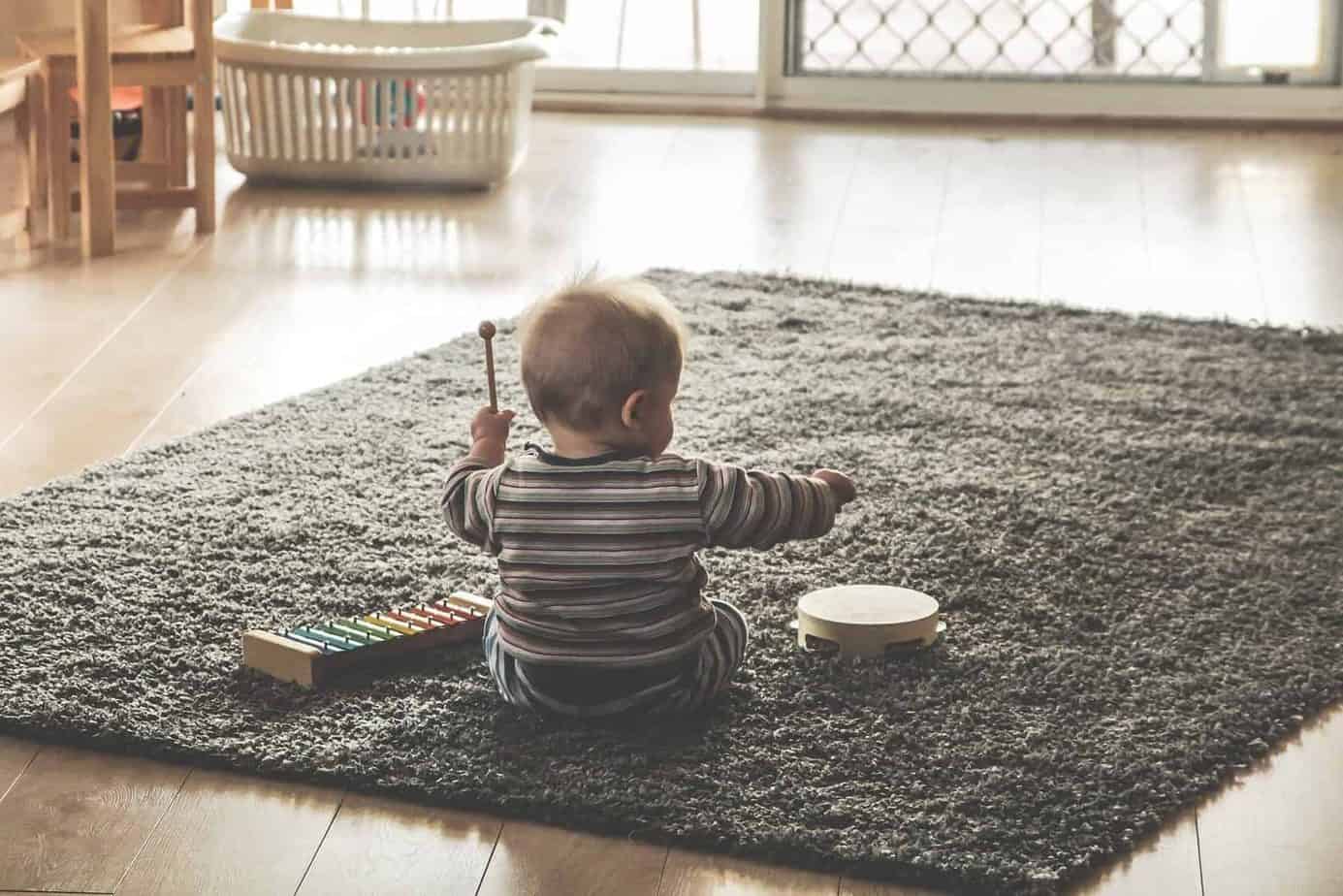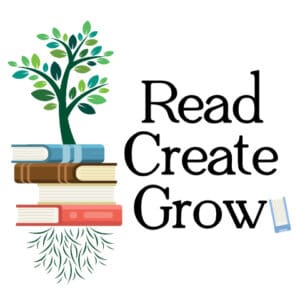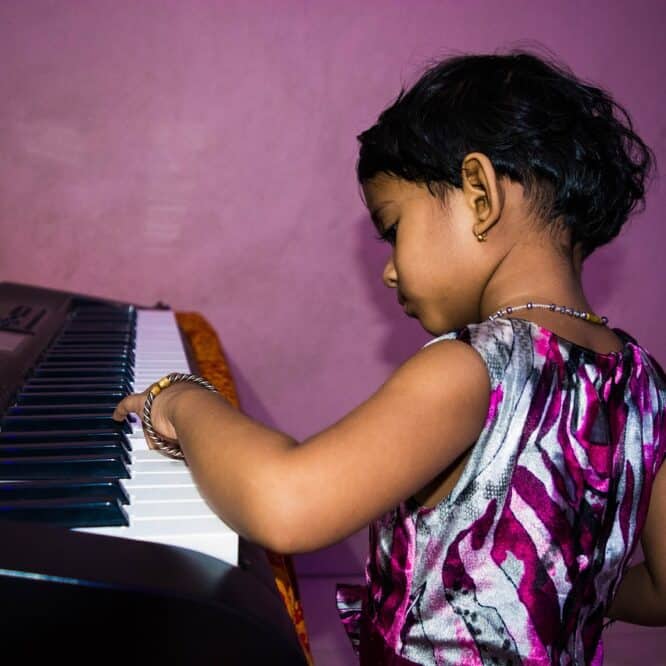Have you ever thought about what the actual meaning of that rhyme your child loves? Or the words to the song your kid makes you sing over and over? Most of the time rhymes and songs for children are actually factual and teach something about life. In addition to this, children learn really well through repetition. A rhyme that repeats itself, even repeating the same rhyme over and over will be a wealth of information for your child.

Ever hear a child exclaim, “Again!”? Right, well this is why.
Children’s brains indeed need to hear things repeated many times it to fully process and absorb the information. Repeating stories or lines in songs will help them learn more information and remember it better than simple statements alone.
Whether it is an interesting sound an object makes when hitting the floor, a particular food, a beloved story book, bounce or rhyme, children absorb more information when it is repeated.
In fact, in one study three-year-old children were read a particular story with the same new words three times over the course of a week and some children were three different stories using the same words. When later given a list of words, the children who heard the same story repeated knew more of the words than the children who had heard three different stories using the exact same words (Horst, et al, 2011; LoBue, 2019).
Another use for rhymes and songs is that it helps children hear the small parts of words, this is called “phonological awareness.” All the times you have practiced a rhyme, sang a song or stretched out a word in exaggeration, you have been helping your child develop phonological awareness, which is an early literacy skill. You can read more about the six early literacy skills here.
Children love to learn new things, and acquiring that information through rhyme and song is fun! Here are some rhymes and songs that teach information and you may have never even thought about it that way.
The Wheels on the Bus
We all know this one, have heard it a million times and may be entirely over hearing it again. But can I just point out how much factual information is contained in this little song? The doors open and close, the windshield wipers swish, the money clinks, the wheels turn, wow! What a wealth of information! It may not seem like much, but if you are singing this song (bonus for hand motions as well) you are teaching your child how buses, and to an extent also cars, run and operate in the world. That’s a lot for one little song!
Two Little Blackbirds
This is one you may or may not know. It may be more commonly seen in story time programs than in household use, but that’s no reason you can’t take it home with you!
This rhyme teaches the simple fact that birds fly away and return. What’s great about it is the flexibility to play with the words, they just have to rhyme. For example, they could be sitting on a gate and named early and late. Then when the birds come back, bring early back before you say the word early, and wait a beat after saying late to bring back the second bird.
Or, the birds could be sitting on a pole and named fast and slow. Bring one bird back fast and one bird back very slow, while dragging out the word. Now you are also teaching word meanings and language comprehension! If you’d like to see this in action the wonderful librarians of Jbrary has a video on YouTube I highly recommend with nine different verses to try out.
Two Little Blackbirds (use hand motions) Two little blackbirds sitting on a hill, (hold left and right fist with index finger extended) One named Jack (wiggle one finger) The other named Jill (wiggle other finger) Fly away, Jack (hide first hand behind you) Fly away, Jill (hid second hand behind you) Come back, Jack (bring back first hand) Come back, Jill (bring back second hand)
Turtle
There is a rhyme about turtles that you can use as a gateway to talking about, you guessed it, turtles! It’s easy to learn and the hand motions are simple. Pair it with books about turtles, fiction and nonfiction, to bring in more discussion about real wildlife and the natural world!
Turtle (use hand motions) I have a little turtle (make a fist) He lived in a box (outline box with fingers) He swam in the water (make swimming motions) And he climbed on rocks. (make climbing motions) He snapped at a minnow (make grabbing motion) He snapped at a flea (make grabbing motion) He snapped at a mosquito (make grabbing motion) And he snapped at me. (make grabbing motion) He caught the minnow (clap hands together) He caught the flea (clap hands together) He caught the mosquito (clap hands together) But he didn't catch me! (point to yourself)
Head, Shoulders, Knees and Toes
We all like to learn about subjects relevant to ourselves. Children are no exception to that rule, plus it’s easier for them to learn about something they relate to or interact with every day. That’s why Head, Shoulders, Knees and Toes is such a great song. This song grows with your child for a several years and remains relevant and becomes more interesting with their increased understanding of themselves and body parts.
When your child is an infant you might sing this as you change a diaper, lightly tapping them as you go to keep their attention while accomplishing your task. In this instance you are building a connection with your child. As they get older it becomes a fun up-down jumping motion with little coordination, but if you do it slowly many toddlers will be able to mimic your motions.
Like with any other word building exercise, they will come to understand that the bendy thing in the middle of your leg is a ‘knee’ and that when you say ‘knee’ that is where they should point. Preschoolers get better and better at this, allowing you to speed up and add some silliness.
Head, Shoulders, Knees and Toes (point to all named parts throughout) Head, shoulders, knees and toes, Knees and toes, Head, shoulders, knees and toes, Knees and toes, Eyes and ears and mouth and nose, Head, shoulders, knees and toes, Knees and toes!
Using picture books can help expand your child’s knowledge of the world, especially when paired with a rhyme or song. Try reading Eric Carle’s From Head to Toe together, and see if you can identify the animal’s head, shoulders, knees and toes!
Zoom, Zoom, Zoom
Last but certainly not least in the list of rhymes today is a personal favorite, Zoom, Zoom, Zoom. I cherish this rhyme because it is easily adjustable to fit any age in story time. If you have an infant or young toddler (and they will sit on your lap) you can do this as a “lap sit.” A lap sit is when you sit cross legged on the floor with your child in your lap. Depending on the rhyme they can be facing forward or away from you, either will work here. In this instance, with your baby on your lap you will bounce them to their degree of comfort up and down, and then at the end of “blast off” lift them up into the air.
If you have a wiggly toddler or preschooler, they can do this standing up and move along with all the motions, ending in a big jump for “blast off.” If your child is older you can add even more to the mellow drama by “planning” for your trip to the moon before you go.
Ask them if they think they can go to the moon in the clothes they are wearing. No? Well then what should we wear? Then go through the motions of “putting on” your space clothes. What about sunscreen? Can you go to space without wearing sunscreen? Make it as silly or serious as you’d like. Adding in those kind of additions also help build your child’s knowledge of the world by teaching them important things like wearing sunscreen outside, and wearing spacesuits to space!
Zoom, Zoom, Zoom (with motions) Zoom, zoom, zoom, we're going to the moon (clap on zoom) Zoom, zoom, zoom, we're going to the moon. (clap on zoom) If you want to take a trip, climb aboard my rocket ship (make ladder climbing motions) Zoom, zoom, zoom, we're going to the moon (clap on zoom) In 5, 4, 3, 2, 1, (begin slowly crouching) BLASTOFF!! (jump)
If you’d like to keep the fun going, or there are extra wiggles to shake out, there are bonus verses that replace “zoom” with other words and “moon” with other places, such as fun/sun and far/stars. Watch it in action with this video from Jbrary!
The eleventh round of Baby Shark may be tedious to you, but your child is learning so much information, both about the meaning of the rhyme and the meaning of the words. You are also bonding with your child during this time, so make it fun! Change your voice when you read a story, don’t worry about feeling silly because your child will love it. Let your child say a line that is frequently repeated in a beloved story to increase their involvement and help solidify their understanding of the story and the words.
References
Horst, J. S., Parsons, K. L., & Bryan, N. M. (2011). Get the story straight: Contextual repetition promotes word learning from storybooks. Frontiers in Psychology, 2, Article 17. https://doi.org/10.3389/fpsyg.2011.00017
LoBue, Vanessa. Why Children Like Repetition, and How It Helps Them Learn. 2019. Psychology Today. Retrieved 3/7/2021 from: https://www.psychologytoday.com/us/blog/the-baby-scientist/201907/why-children-repetition-and-how-it-helps-them-learn


